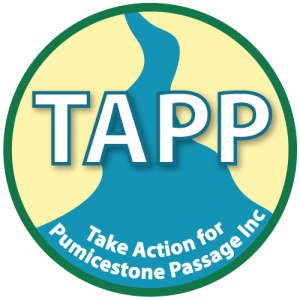Kevin Covey1 (Pelican Waters Heart Pty) and Jane-Louise Lampard1, Dr Luke Verstraten, Katie Roberts & Associate Professor Neil Tindale
Kevin Covey is the Managing Director and Principal Engineer of Covey Associates. Kevin brings to all projects his more than 39 years extensive expertise in Urban Development, Civil, Structural, Hydraulic, Fire Engineering and Project Management. Kevin leads a team of over 55 staff who have become internationally and nationally renowned as a “one-stop-shop” in both design and solution driven approaches to all aspects of development. The team offer a wide range of services to suit the needs of any project.
Abstract:
The developer of Pelican Waters (Pelican Waters Heart Pty Ltd) has collaborated with Covey Associates and the University of the Sunshine Coast, Sunshine Coast Regional Council and SPEL to trial a Floating Treatment Wetland (FTW) in a recently constructed canal development that is linked to Pumicestone Passage in Queensland, Australia. FTWs function like a hydroponic system, where plants grow in a buoyant, soil-less media and the roots uptake nutrients directly from the water. This world first project aims to fill several knowledge gaps; A) what plant species will grow in saline conditions, B) how do plant root masses act to remove pollutants during rainfall events, and C) what cost benefits does a FTW approach have over traditional measures of treating stormwater in flat, coastal developments. To date, plants have been successfully established and a monitoring system has been installed at the FTW in Pelican Waters, which aims to treat new and existing development areas. This system is triggered by rainfall and flow and captures runoff over storm events at the inlet and outlet of the FTW. This sampling regime will help to determine what level of pollution the FTWs remove during rainfall events. If successful in treating runoff, the FTW will provide a more effective solution for flat, coastal developments, which typically require numerous stormwater treatment devices (e.g. bioretention basins) to overcome the issues with stormwater drainage on flat sites. By being able to establish an end of line solution in a coastal, land reclamation development, it creates a more efficient treatment system and reduces the number of treatment devices the developer has to build and that Council will ultimately have to manage.
